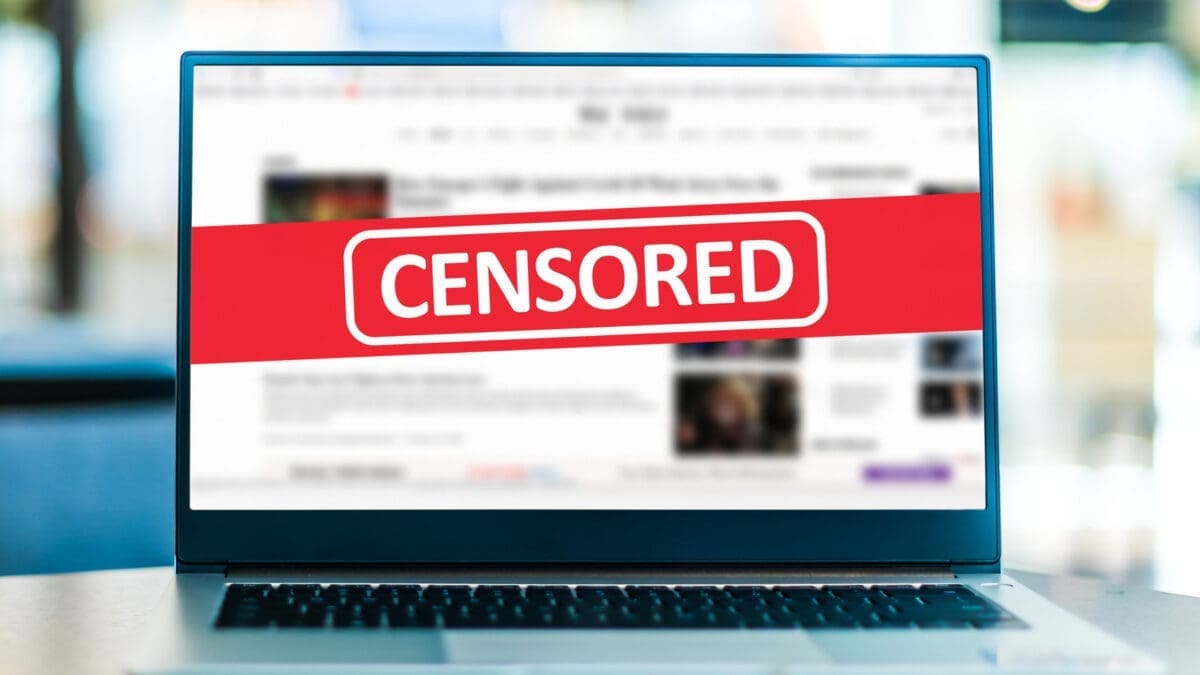Where Did We Lose Our Humanity? Decency Dilemma
Explore how our societal quest for progress may have led us to overlook the crucial component of human decency and how we can reclaim it.
Unraveling the Threads of Emotional Intelligence: Your Secret Tool in Marketing, Business, and Life
Discover the transformative power of emotional intelligence in enriching personal and professional relationships, and unlock the potential for deeper connections and success.
Shaun King and Instagram: Silenced Advocacy in the Age of Social Media
Explore the intersection of social media advocacy and censorship through the lens of Shaun King’s Instagram ban, and join the critical conversation on digital rights and freedom of speech.
Marketing Training – A Mentee’s Journey Pt. 5
Training session part 4 of Aimee’s journey to learn marketing. If you missed part 1, check it out here. Part 2, here, Part 3, and Part 4.

Today, with John we discussed the importance of setting goals and maintaining communication with your team. Marketing involves many moving parts and, in most cases, several people, so mapping out a plan and sticking to it is essential. Although pen and paper have their merits, teams working today are fortunate to have many tools at their fingertips that enable us to maintain constant contact, easily update tasks, and modify plans when necessary.
Since we work with other human beings, quality communication is also an important discipline in marketing. Outlining expectations and being clear about group and individual goals can prevent miscommunication and frustration and maintain good morale for the team.
John also explained my new role managing social media for AgTonik and gave me several brief tutorials on the various platforms. We discussed a few options for possible modification and improvement of AgTonik´s online presence and the need for data analysis to choose the best strategies moving forward.
Subscribe today not to miss a thing.
My blog posts of the week emailed to you in a nice little (email) package.
Marketing Training – A Mentee’s Journey Pt. 4
Intuition & data: learn marketing and the balance of these two when making decisions in marketing with Aimee in Part 4 of her journey. #learnmarketing
Marketing Training – A Mentee’s Journey Pt. 3
Learn marketing principles in Aimee’s learning! This session builds a solid foundation. Find the right audience, product, & reason to buy
Marketing Training – A Mentee’s Journey Pt. 2
Aimee’s journey, part 2- explore the differences of classroom education to real-life experience. Learn marketing through John’s experience.
Marketing Training – A Mentee’s Journey Pt. 1
Are you mentoring new marketers? Get inspired with Aimee! Find out what her session 2 holds: an idea contest, visuals and an inspiring story!
Resilience & Reinvention: A New Year, A Rebirth
Embrace the power of resilience and reinvention in the New Year, and in a journey of rebirth, creativity, and standing firm for human rights.







